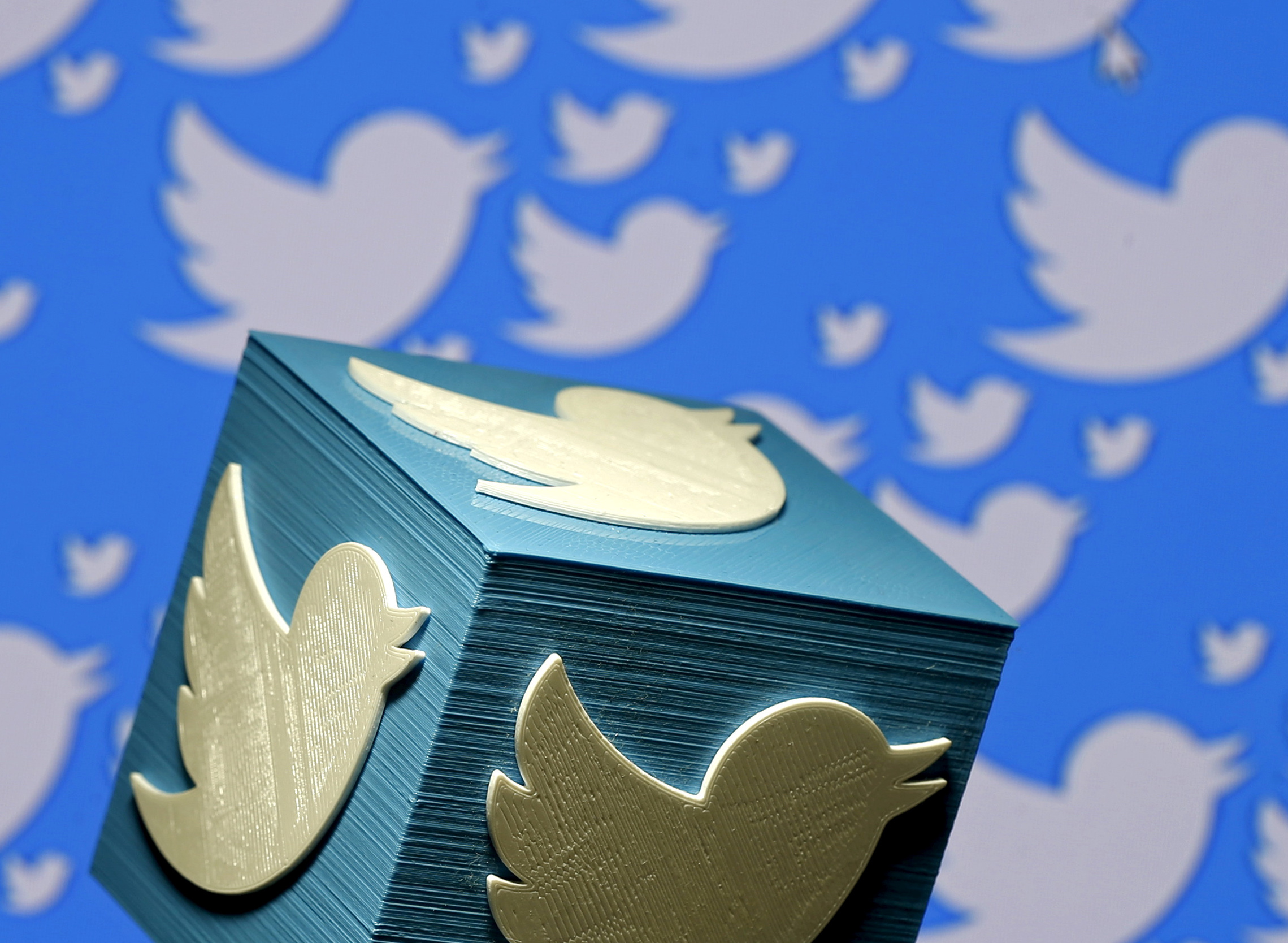
By Madeline Sponsler, FISM News
Over the past few months, Twitter made a dramatic shift to their modus operandum by adding warning labels signaling fact checks to tweets flagged for misinformation. Until recently, the tech company has taken more of a hands-off approach, in particular, to world leaders’ and high profile users’ tweeting. In March, the company announced the release of misinformation labels for manipulated videos and photos. Then, prompted by the coronavirus pandemic, Twitter announced in a May 11th blog post the release of warning labels and messages that provide “additional context and information by adding labels and warning messages that will provide additional context and information on some Tweets” containing disputed information on COVID-19.
According to the Twitter blog post, the categories of Tweets that will be acted upon by Twitter include:
- Misleading information — statements or assertions that have been confirmed to be false or misleading by subject-matter experts, such as public health authorities.
- Disputed claims — statements or assertions in which the accuracy, truthfulness, or credibility of the claim is contested or unknown.
- Unverified claims — information (which could be true or false) that is unconfirmed at the time it is shared.
After Twitter added a warning label for the first time to some of the U.S. President’s tweets criticizing mail-in voting, Trump tweeted, “Republicans feel that Social Media Platforms totally silence conservatives voices. We will strongly regulate, or close them down before we can ever allow this to happen.”
Sources: Twitter, Reuters
